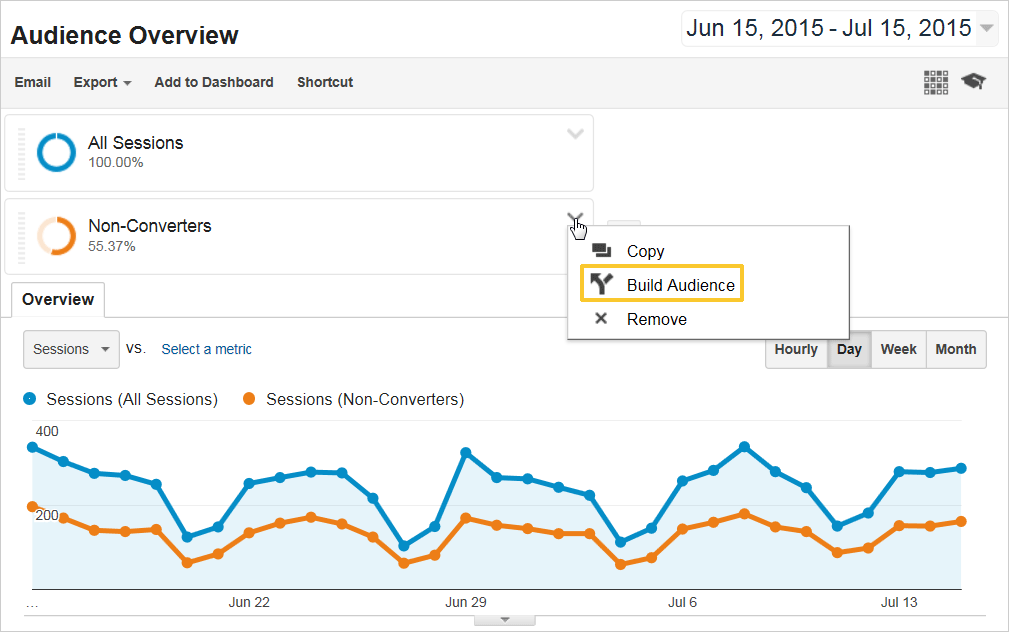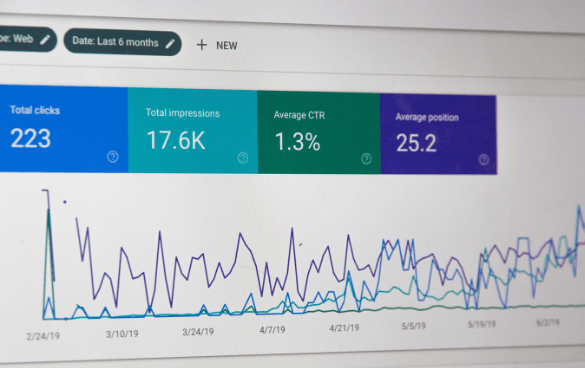Key Functions of Remarketing In Google Analytics Explained
Wiki Article
Taking Advantage Of Remarketing in Google Analytics: A Comprehensive Guide
Utilizing remarketing in Google Analytics provides organizations a critical edge in getting to out to potential customers. This guide will certainly shed light on the crucial steps included in harnessing the complete potential of remarketing in Google Analytics, leading to improved marketing end results.Recognizing Remarketing in Google Analytics
Remarketing in Google Analytics allows organizations to tactically target individuals that have actually formerly interacted with their web site or mobile application. By leveraging data from Google Analytics, businesses can produce customized remarketing checklists based on individual habits, such as pages checked out, activities taken, or particular objectives attained. This effective tool makes it possible for services to re-engage with individuals who have shown passion in their service or products, eventually raising the possibility of conversion.Recognizing the various kinds of remarketing strategies is crucial for a successful project - What Is “Remarketing” In Google Analytics?. Google Analytics provides numerous options, consisting of standard remarketing, dynamic remarketing, and remarketing checklists for search ads (RLSA) Each type serves an one-of-a-kind purpose and can be customized to satisfy particular advertising objectives
Additionally, assessing the efficiency of remarketing campaigns is crucial for enhancing results. Google Analytics supplies important insights into the efficiency of various remarketing approaches, allowing organizations to make data-driven choices and refine their targeting strategy. By continually changing and checking remarketing efforts based on analytics data, businesses can make best use of ROI and drive success in their advertising and marketing initiatives.
Establishing Remarketing Campaigns

After setting up target market listings, the following action is to link Google Analytics with Google Advertisements. By connecting these 2 systems, companies can flawlessly transfer target market listings from Google Analytics to Google Ads for remarketing objectives. This integration permits more accurate targeting and better campaign efficiency.
Once the accounts are connected, services can create remarketing projects in Google Ads making use of the audience details previously defined in Google Analytics. These projects can be customized with details advertisement creatives, messaging, and bidding strategies to efficiently re-engage with previous site visitors and drive conversions. By complying with these steps, organizations can take advantage of the power of remarketing to boost their advertising and marketing efforts and increase ROI.
Utilizing Audience Segmentation Techniques

Predefined segments in Google Analytics enable you to promptly examine typical target market classifications fresh individuals, returning individuals, or users that completed a details goal on your web site. Custom segments, on the various other hand, allow you to develop one-of-a-kind sectors based upon specific requirements that are necessary to your organization purposes. Dynamic remarketing checklists automatically change based upon customer actions, showing individualized ads to users that have interacted with your site particularly means.
Analyzing Remarketing Efficiency Metrics
Upon reviewing the performance of remarketing campaigns in Google Analytics, the analysis of vital efficiency metrics supplies valuable understandings right into target market engagement and conversion prices. By delving into metrics such as click-through prices (CTR), conversion prices, cost per acquisition (CERTIFIED PUBLIC ACCOUNTANT), and return on advertisement spend (ROAS), marketing experts can determine the success of their remarketing initiatives. CTR shows the percent of users that clicked the ad after viewing it, showing the ad's relevance and allure. Conversion prices measure the portion of individuals that completed a wanted activity, such as buying, after clicking on the advertisement. CPA discloses the average cost incurred for each and every conversion, helping analyze project earnings. ROAS, on the various other hand, quantifies the income created for each buck invested in advertising. Evaluating these metrics allows marketing experts to optimize campaigns, fine-tune target market targeting, and allocate spending plans successfully to improve overall remarketing performance.Optimizing Remarketing Methods
When why not check here refining remarketing approaches in Google Analytics, concentrating on target market division is vital for attaining project success. By separating your target market into certain segments based on their habits, demographics, or passions, you can tailor your advertisements better to each group. This targeted technique boosts the likelihood of engaging individuals that have currently revealed passion in your services or items, resulting in greater conversion rates.Another crucial element of optimizing remarketing methods is continually screening and refining your campaigns (What Is “Remarketing” In Google Analytics?). A/B testing different advertisement creatives, messaging, or offers can help you recognize what reverberates ideal with your audience and drives one of the most conversions. By examining the efficiency of these tests in Google Analytics, you can make data-driven decisions to optimize your remarketing efforts better
Furthermore, leveraging vibrant remarketing can substantially enhance your project results. This feature enables you to show tailored advertisements to individuals based upon their past communications with your website, showcasing services or items they have formerly watched. By delivering tailored content to customers based upon their interests and actions, dynamic remarketing can pop over to this site aid increase engagement and drive conversions.
Final Thought
Finally, utilizing remarketing in Google Analytics is a browse around these guys calculated method to target customers that have actually formerly involved with a web site. By developing customized target market checklists and making use of audience segmentation approaches, companies can optimize remarketing advocate increased conversion rates. Analyzing efficiency metrics and continuously enhancing approaches are vital for maximizing the efficiency of remarketing efforts.Google Analytics provides different options, including standard remarketing, dynamic remarketing, and remarketing lists for search advertisements (RLSA)After setting up target market listings, the following step is to link Google Analytics with Google Advertisements. By connecting these 2 platforms, services can seamlessly move audience listings from Google Analytics to Google Ads for remarketing objectives.When the accounts are connected, businesses can produce remarketing projects in Google Advertisements using the audience notes formerly defined in Google Analytics.When refining remarketing techniques in Google Analytics, focusing on audience segmentation is paramount for attaining project success.
Report this wiki page